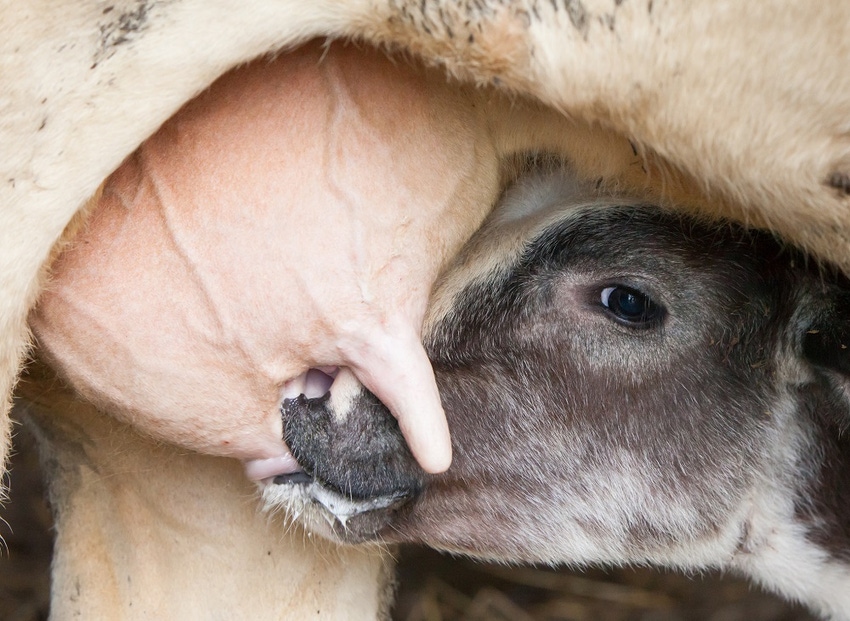
I was drinking coffee and eating a few prunes while sitting on the porch viewing the steers the other morning. An old client and friend of mine I call "Unc" drove up and climbed the steps.
He quickly dove into a dissertation about a particular cow that had a “six-gallon, bucket milk bag” with one quarter busted wide open. It seemed that she had calved a few days before and the calf was only nursing two teats. The other two teats were as big as my arm, he remarked. He had placed cannulas up the teats and could not get the milk out.
“What can you do?” he asked.
Well, I proceeded to ask several additional questions, including whether he had felt (palpated) for scar tissue in the teats and cistern of the teat and udder. I then asked if she was alert. He said yes and I sighed with relief. I then did some out-loud thinking about what could be done. He said he thought he could handle the job at the end of a rope tied to a tree limb. By the way, he just turned 82.
Truth of the matter is that I remember back 40 years ago when Unc had a small herd of mostly little Hereford cows that he ran on poor, steep hillsides down in a rough neighborhood. The cows had udders that were seldom visible at much of a distance.
The calves were nothing to brag about but usually arrived at 11.5-month intervals. He would keep them after weaning (the cows did most of that part) until they weighed 700 pounds and he’d sell a short to medium yearling that weighed 90% of what his cows weighed.
Twenty years ago he decided he wanted more milk. I was dumb enough to agree, and it just so happened that I had a client who was milking shorthorns. Unc and I picked out a solid red shorthorn yearling bull and milk soon followed as did an additional 350 pounds to cow size.
He started weaning and selling big, bawling, soggy calves. Actually they were near impossible to wean short of the sale barn and that had to be done at 6 to 7 months of age to keep the cow from starving to death. Most heifers calve at 24 to 26 months and their second calf comes when they are pushing four. He now runs a fraction of the pounds of cattle per acre that he ran back in the old days.
Nowadays his cows last about seven or eight years. I remember when he had cows that were 24 years old.
It never ceases to amaze me how we have become highly successful at hitting the bullseye of the wrong target.
About the Author(s)
You May Also Like






